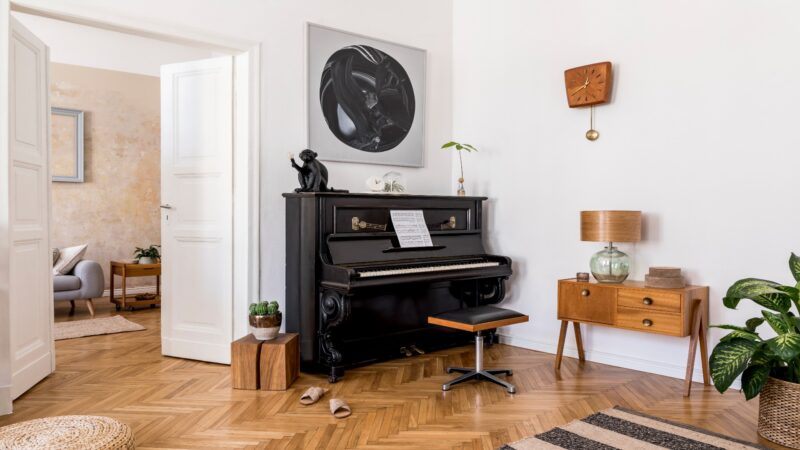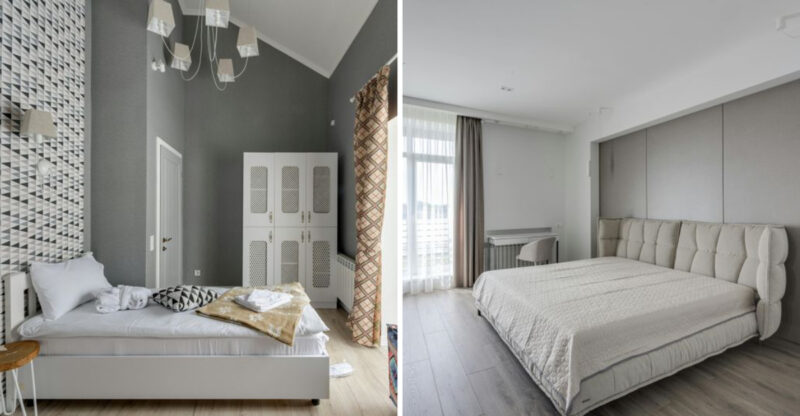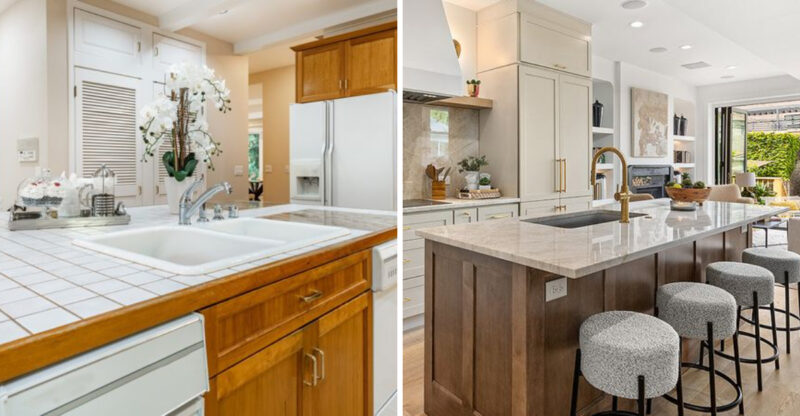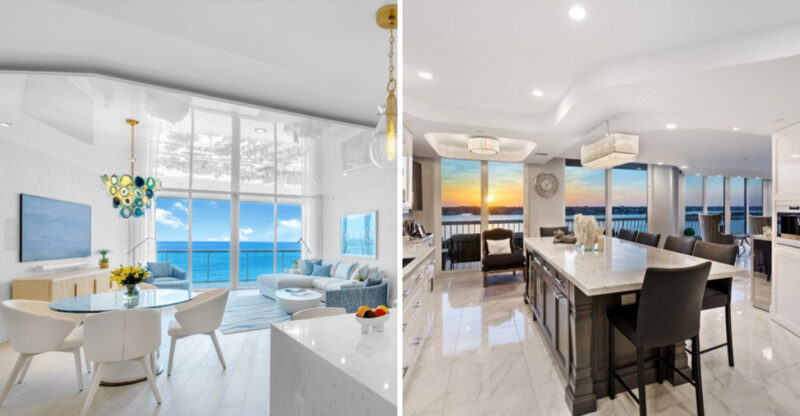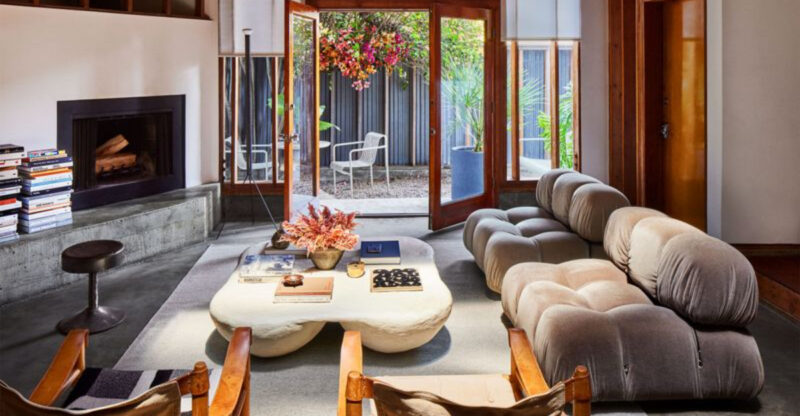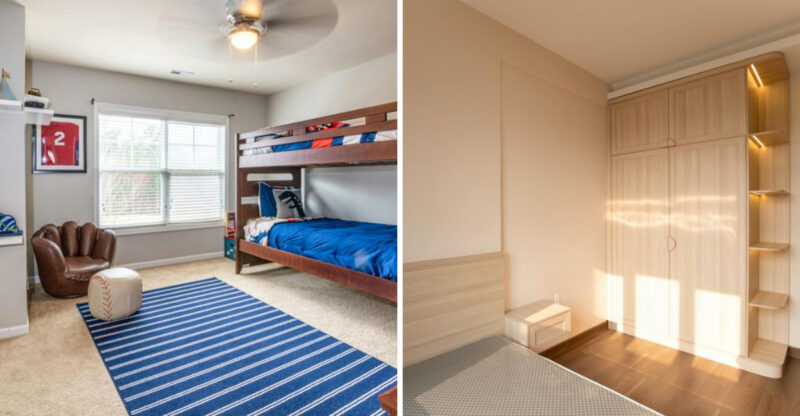8 Vermont Cottage Kitchens With Cozy Charm
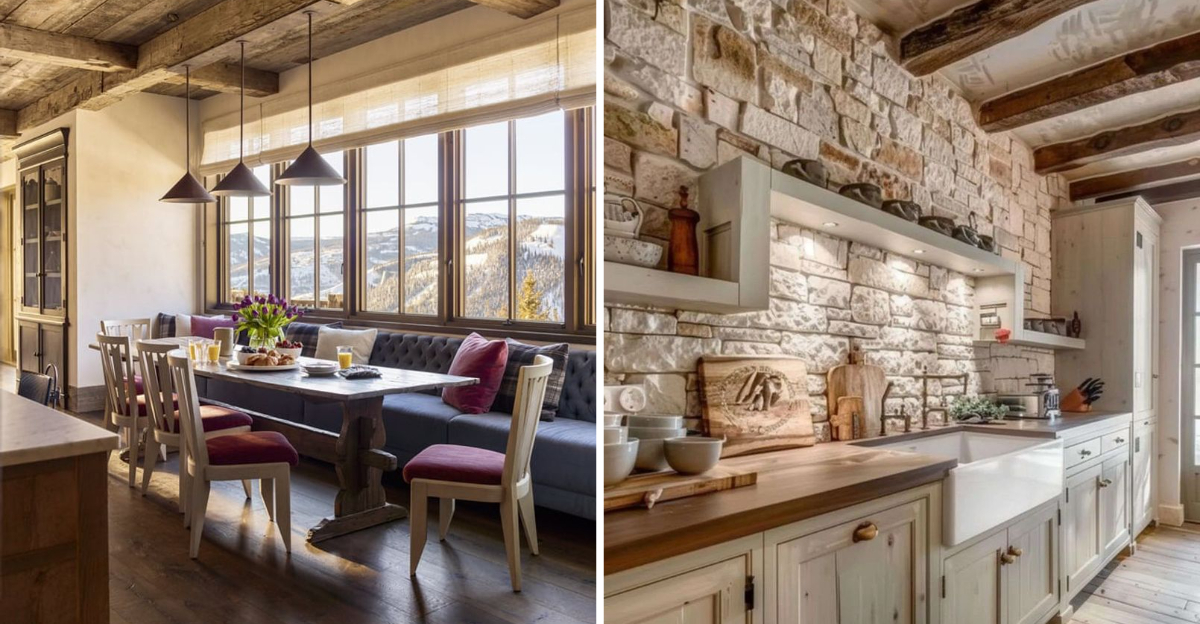
Vermont cottages are famous for their warm, inviting kitchens that blend rustic elements with practical design. These spaces capture the essence of rural New England with their handcrafted details and natural materials.
Whether nestled in the Green Mountains or overlooking Lake Champlain, Vermont cottage kitchens offer a perfect mix of functionality and homespun comfort that makes you want to linger over a cup of maple-sweetened coffee.
1. Rustic Wood Cabinets
Crafted from locally sourced pine or maple, rustic wood cabinets bring authentic Vermont character into cottage kitchens. Many homeowners choose reclaimed barn wood with its distinctive knots and weathered patina that tells a story of the region’s agricultural heritage.
The natural variations in grain and color create visual interest against white walls, while wrought iron hardware adds a handcrafted touch. Some cabinets feature glass fronts to display heirloom dishware or Mason jars filled with pantry staples.
For a truly authentic look, many Vermont craftsmen leave the wood unstained, applying only a clear sealer to protect the surface while allowing the natural beauty to shine through. This approach connects the kitchen to the surrounding forest landscape.
2. Farmhouse Sink
Deep and spacious, the classic farmhouse sink stands as the workhorse of Vermont cottage kitchens. Its apron-front design extends slightly beyond the countertop, creating a distinctive profile that draws the eye and adds architectural interest to the space.
White fireclay remains the traditional choice, though some homeowners opt for hammered copper that develops a rich patina over time. The generous single basin accommodates everything from washing garden vegetables to soaking large pots after a family maple sugaring session.
Unlike modern undermount styles, these sinks celebrate their functional history as essential fixtures in rural homes before modern conveniences. Many Vermont cottages position the sink beneath a window, allowing for views of mountain vistas or garden landscapes while tackling dishes.
3. Open Shelving
Instead of upper cabinets, many Vermont cottage kitchens feature open shelving that showcases cherished collections and everyday essentials. Thick wooden planks, often salvaged from old barns or local sawmills, provide sturdy platforms for displaying everything from vintage pottery to everyday dishes.
This practical approach to storage keeps frequently used items within easy reach while creating a sense of spaciousness in modest-sized kitchens. The absence of cabinet doors allows homeowners to infuse personality through thoughtfully arranged vignettes of mason jars, handmade pottery, and antique kitchen tools.
When winter winds howl outside, these shelves often hold seasonal items like maple syrup taps, preserves from summer gardens, or mugs ready for hot cider. Cast iron brackets or simple wooden supports maintain the unfussy, handcrafted aesthetic central to Vermont’s cottage style.
4. Exposed Beams
Overhead, rough-hewn timbers reveal the structural bones of Vermont cottages, adding architectural interest and a sense of history. These substantial beams, often hand-carved from local hardwoods like oak or maple, create a framework that visually grounds the kitchen space.
If you look closely, many still bear the mark of broad axes or adzes used by early Vermont craftsmen. The deep amber tones of aged wood contrast beautifully with painted ceilings, while the irregular surfaces create subtle shadow play as sunlight moves through the room.
Beyond their aesthetic appeal, these beams tell stories of Vermont’s forestry traditions and building practices. Some homeowners hang copper pots or dried herbs from their beams, adding both practicality and visual charm while embracing the cottage kitchen’s role as the functional heart of rural homes.
5. Butcher Block Countertops
Warm and inviting, butcher block countertops bring natural warmth to Vermont cottage kitchens that cold stone or laminate simply can’t match. Made from maple, cherry, or birch harvested from local forests, these work surfaces develop character over time, with each knife mark and stain becoming part of the kitchen’s evolving story.
The golden honey tones complement both painted and natural wood cabinetry, creating a seamless transition between different elements. Many Vermont homeowners appreciate how these surfaces can be sanded and reoiled to remove damage, making them practical for homes where cooking happens daily.
Though requiring more maintenance than synthetic options, butcher block’s ability to be used directly as a cutting surface appeals to serious cooks who appreciate traditional kitchen tools. The natural material also provides acoustic benefits, dampening the clatter of pots and dishes in these homey spaces.
6. Vintage Lighting Fixtures
Hanging from exposed beams or painted ceilings, vintage-inspired lighting fixtures cast a warm glow over Vermont cottage kitchens. Weathered copper pendants, milk glass schoolhouse lights, or simple enamel shades reference the area’s agricultural and industrial heritage while providing practical illumination for cooking areas.
Did you know many Vermont homeowners hunt for authentic fixtures at the state’s numerous antique shops and barn sales? The patina of aged metal or glass adds character impossible to replicate with mass-produced modern alternatives.
Task lighting often comes from adjustable wall sconces with articulating arms that can be positioned exactly where needed. For a truly authentic touch, some cottages incorporate repurposed items like old mason jars or milk cans transformed into unique lighting solutions that reflect Vermont’s waste-not mentality and creative spirit.
7. Stone Backsplash
Gathered from Vermont’s abundant quarries or local streambeds, natural stone backsplashes bring the rugged landscape indoors. Slate, with its subtle blue-gray tones and natural cleft texture, remains a popular choice that references the state’s famous slate industry centered around Poultney and Fair Haven.
The varied patterns and earthy colors of fieldstone create a one-of-a-kind installation that anchors the kitchen in its geographical context. Some homeowners incorporate small fossils or distinctive mineral formations found on their own property, adding personal significance to the design.
Beyond their beauty, stone backsplashes offer practical benefits in cottage kitchens where wood-burning cookstoves sometimes provide supplemental heat. The natural material withstands temperature changes while being easy to wipe clean of cooking splatter, making it as functional as it is beautiful in these hardworking Vermont spaces.
8. Window Seat Dining Nook
Tucked into a corner or beneath a bay window, the window seat dining nook offers a cherished spot to savor morning coffee while watching snow fall on Mount Mansfield. These built-in banquettes maximize space in modest cottage kitchens while creating an inviting gathering place for family meals.
Craftsman-built benches often conceal clever storage for seasonal items or rarely-used kitchen equipment. Topped with cushions covered in classic Buffalo check or vintage-inspired fabrics, these seats blend comfort with practicality. A simple wooden table, often with turned legs or a trestle base, completes the arrangement.
The nook’s positioning typically takes advantage of Vermont’s spectacular natural views, whether rolling farmland, dense forests, or the state’s famous fall foliage. During long winter evenings, these cozy corners become favorite spots for board games, homework sessions, or simply enjoying the warmth of the nearby cookstove.

